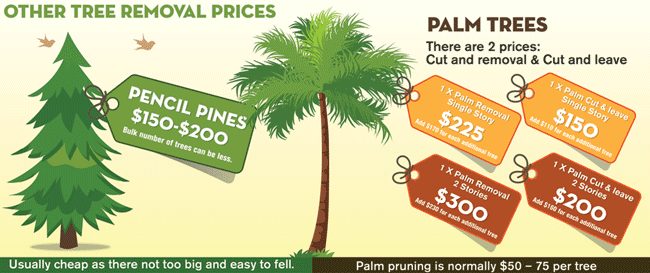When it pertains to creating a landscape that thrives, grasping the art of tree pruning is a must. Picture having the ability to sculpt your trees with precision, ensuring their vitality and elegance for years to come. By discovering the essential methods for correct cuts, timing, and structural training, you hold the secret to a successful exterior space that will certainly impress all that experience it. However just how do these pruning approaches really influence the health of your trees and the total landscape visual?
Proper Pruning Cuts for Tree Wellness
When it pertains to preserving the wellness of your trees, making proper trimming cuts is vital. Wrong cuts can lead to illness, insect infestation, and total tree decline. To make sure the vigor of your trees, constantly start by utilizing sharp, clean tools to make specific cuts.
Begin by identifying the branch collar, a puffy area where the branch attaches to the trunk. Reducing just outside the collar aids promote proper healing and minimizes the threat of infection. Prevent leaving stubs as they can welcome insects and conditions into the tree.
Remember to make arborist classes at a slight angle, sloping far from the trunk, to avoid water from merging on the injury. In addition, eliminate any kind of dead, harmed, or going across branches to enhance air circulation and sunlight penetration.
Timing and Regularity of Trimming
To keep the wellness and structure of your trees, comprehending the optimal timing and frequency of trimming is critical.
The best time to trim trees is normally during the dormant season in late winter season or very early spring. Pruning during this period helps promote brand-new growth once the tree begins budding in the springtime.
Nevertheless, some trees, like spring-flowering ones, are best pruned right after they end up growing to prevent removing next year's blossom buds.
Normal trimming is crucial, however the regularity relies on the tree species and its development price. For the majority of trees, an annual inspection to eliminate dead, diseased, or going across branches is suggested. Youthful trees may require even more regular pruning to develop a solid structure, while fully grown trees may only require maintenance trimming every few years.
Prevent trimming throughout the loss when illness are much more conveniently spread, and refrain from hefty trimming during the summer season when the tree is proactively growing.
Training Young Trees for Structure
For developing solid and healthy trees, training young trees for optimal framework is necessary. By forming a tree when it's young, you established the structure for a sturdy and aesthetically enticing fully grown tree.
Begin by determining the central leader, which is the main upward-growing branch. Encourage mouse click the up coming post by pruning away completing leaders, assisting the tree establish a strong central trunk. Furthermore, get rid of any type of branches that grow internal or downward, as they can cause architectural concerns as the tree grows.
It is essential to room out lateral branches uniformly around the trunk to advertise well balanced development. As the tree develops, remain to monitor its growth and trim as needed to preserve its form and structure.
Properly trained just click the next article are less most likely to establish weak crotches or jammed branches, decreasing the risk of damage throughout storms. Spending time in training young trees will certainly pay off with a perfectly structured and resilient tree in the future.
Conclusion
Since you have actually grasped the essential methods of tree pruning, your landscape gets on its method to thriving. By using sharp tools, making accurate cuts, and effectively timing your trimming sessions, you are making certain the health and long life of your trees. Remember to consistently check and keep your trees to maintain them prospering. With your newfound expertise, your landscape will remain to grow beautifully for years to find. Keep up the magnum opus!
